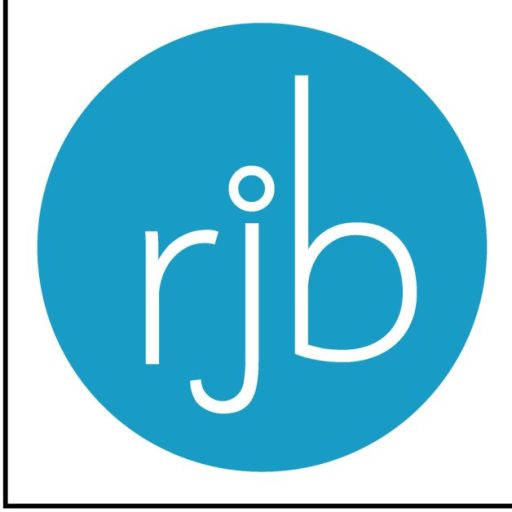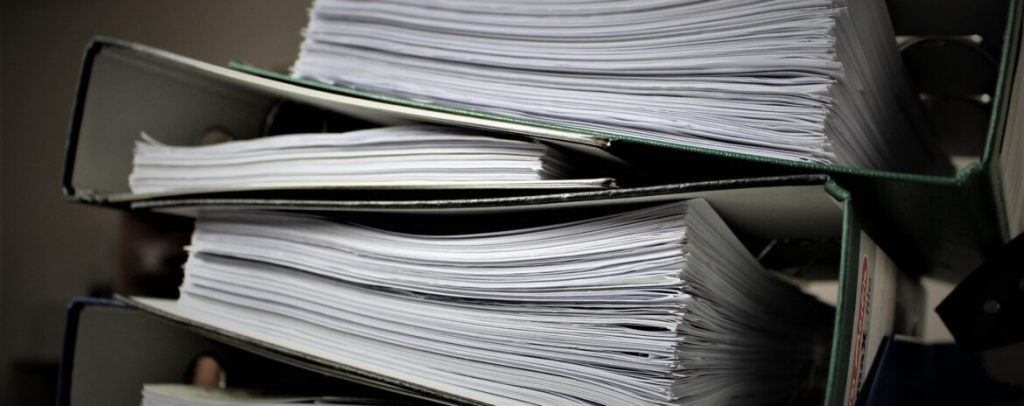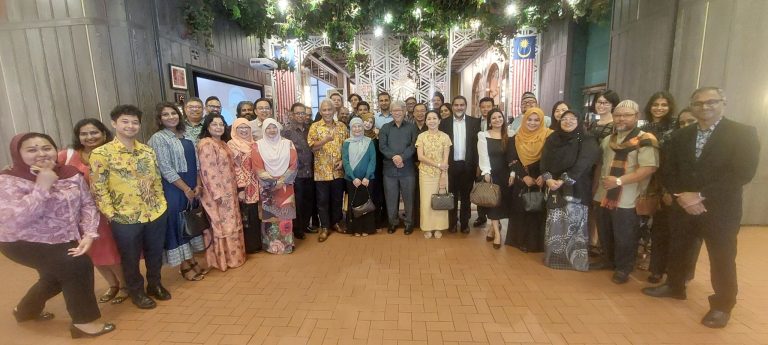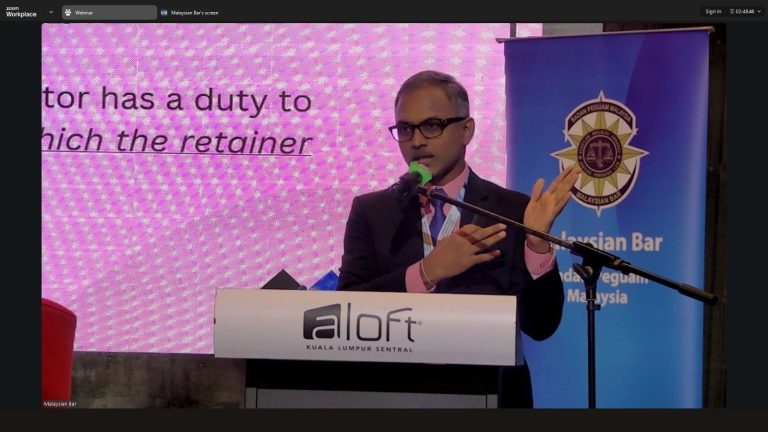(R.Jayabalan – Messrs R.Jayabalan)
An important direction issued at the pre-trial case management in a civil action is the preparation of the common agreed bundle of documents (CABD or ABD) under O. 34 r. 2(2) Rules of Court 2012 whereby all documents that the parties will be relying upon at the trial are to be compiled into a common bundle for easy reference and examination by the court, witnesses, and parties.
The common bundle is to be divided into three parts – Part A, B and C.
- Part A: documents of which the authenticity and contents are not disputed (marked as ‘agreed and admitted’ or ‘dipersetujui dan diakui’). When a document is in Part A, it means the parties agree that the document exists and the contents are true. The original of the document need not be produced at the trial and the maker of that document need not be called as witness.
- Documents commonly placed in Part A are official documents from authorities such as identity card, license, birth/death/marriage certificates, passports and certificates. The contents are wholly accepted as true and not disputed at all by the parties and cannot be challenged at the trial.
- Part B: documents of which the authenticity is not disputed but the contents are disputed (marked as ‘agreed but not admitted’ or ‘dipersetujui tetapi tidak diakui’). When a document is in Part B, it means the existence and authenticity of the document is not disputed but its contents are disputed by the parties. The original document need not be produced and the maker of the document need not be called as witness as the existence and authenticity of the document is no longer an issue.
- The contents of the document however must be proven by the party relying on that document and this may be done by calling any witness and not necessarily by calling the maker. For example, if the plaintiff is relying on a document issued by a third party and placed in Part B, the plaintiff himself may give evidence on the said document if he has knowledge of the document without calling the third-party maker.
- Documents usually placed in Part B are medical reports, medical records, invoices, receipts, employment documents, bank statements, correspondences between parties and/or solicitors, and other documents that had transpired between the parties.
- Part C: documents of which the authenticity and contents are disputed (marked as ‘non-agreed’ or ‘tidak dipersetujui’). When a document is in Part C, it’s very existence is disputed and its contents also disputed – usually due to allegation of fraud or forgery. The party that relies on the document must prove it by calling the maker and producing the original document.
- Documents that are usually placed in Part C are documents issued by unknown third parties to the action and documents that were outside the knowledge of the parties.
Preparation of the agreed common bundle
This is the responsibility of the solicitors for the plaintiff. The parties would exchange their respective documents with their views on the placement of the documents. There would be discussions to persuade the parties to change their position between the solicitors or with the assistance of the Court during case management. More so, when there are no reasonable grounds for objections. The objecting party will normally be asked to state the reasons for disputing the existence of the document or for requiring the maker to be called. Where the objection is unreasonable or plainly ‘just to be difficult’, the party forced to call the maker may give notice that they will ask for costs for calling of the maker as witness to be borne by the opposite party in any event.
Where there is no agreement, the document will be placed in the lowest agreed part e.g if plaintiff wants the document in Part A but the defendant wants it in Part B, the document will go to Part B, not Part C; if plaintiff wants the document in Part B but the defendant wants it in Part C, the document will go to Part C.
The primary objective is always to reduce the Part C documents as this will reduce the number of witnesses hence the length of the trial, and costs of the proceedings.
The preparation of the agreed bundle is to be done after the statement of agreed facts and agreed issues for trial is finalised. This is advisable as the agreed facts and issues would have narrowed down the issues for trial and from there the parties would be able to determine the documents that they would require as evidence at the trial to prove their respective case.
At the trial
Documents in Part A need not be marked as exhibit. It is treated as evidence following reference to it by the witnesses. Documents in Part B also need not be marked as exhibit. The court is usually informed at the outset that the parties have agreed for Part B documents not be marked as exhibit and to be treated as evidence. This would save the court’s time of marking the documents individually as exhibits. It is for the Court to decide at the end of the trial on whether the contents of the Part B documents were proven and on the probative value to be given. The documents under Part C however are to be marked as exhibit following the production of the original by the maker.
For a good understanding on the classification of the Part A, B and C documents, see the dissenting judgment in Yeo Ing King v Melawangi Sdn Bhd [2016] 5 AMR 405 and the Court of Appeal decision in Tiow Weng Theong v Melawangi Sdn Bhd [2018] 5 AMR 465. The Federal Court decision in Melawangi Sdn Bhd v Tiow Weng Theong [2020] 2 AMR 505 is a good guide when there is dispute between the parties on the placement of the document.
R. Jayabalan





